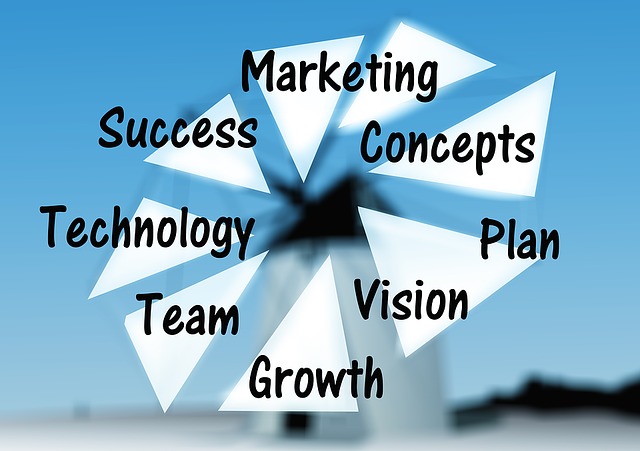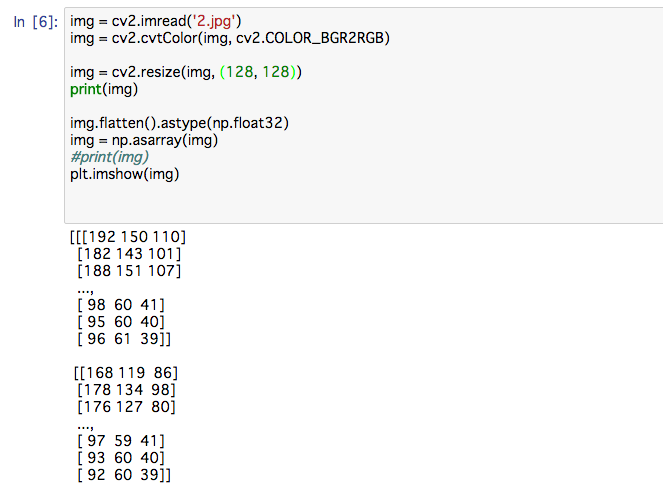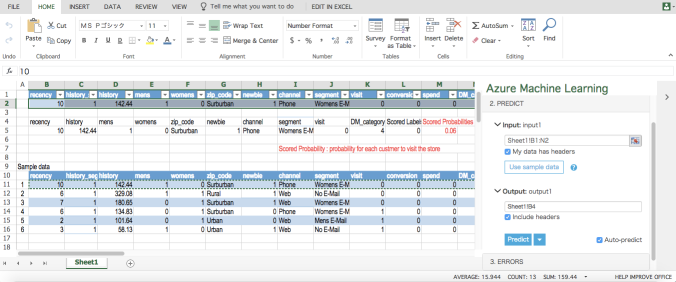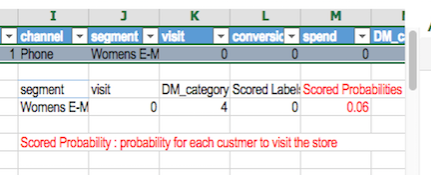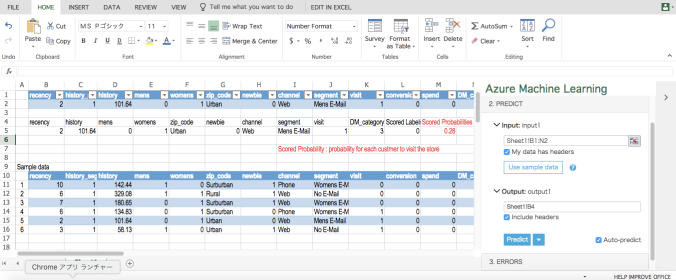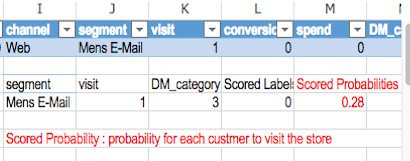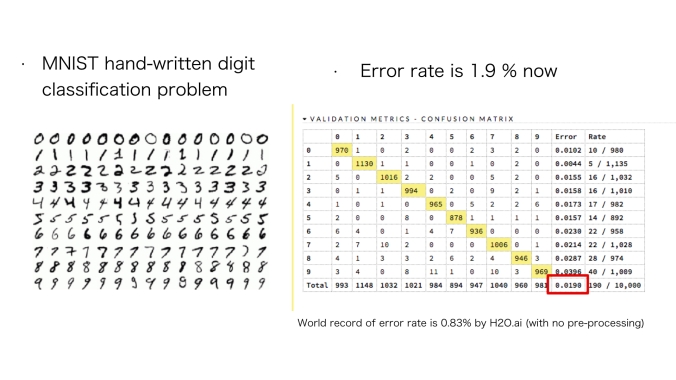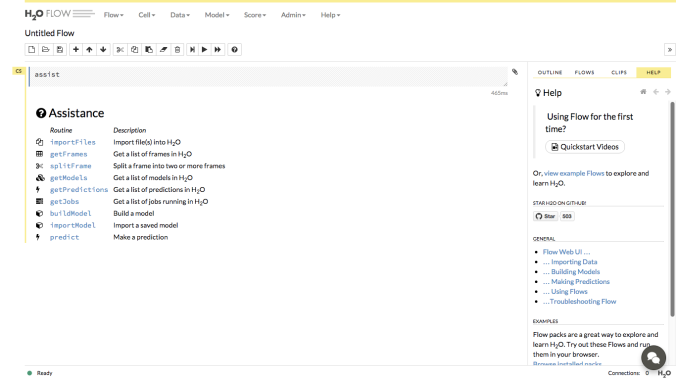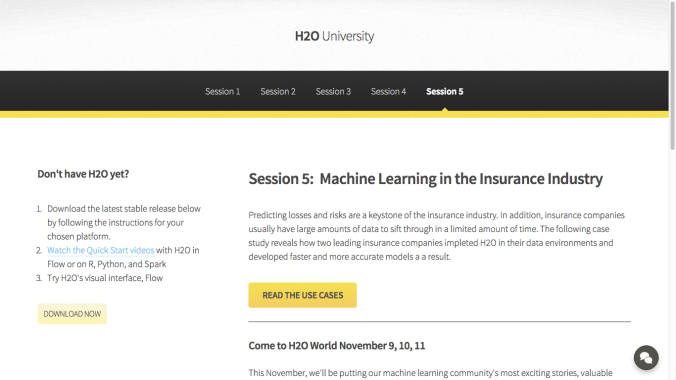Last week, I found that Alibaba, the biggest e-commerce in China, announced the financial result of Q2 2016. One of things that were attracting me is 75% sales are coming from mobile device, rather than PC.
This is amazing. This is much bigger than I expected. When we consider many younger people use mobile devices as their main devices. This rate is expected to increase steadily going forward.
Then I wonder how we can track customer behaviors on mobile-e-commerce with ease. Because it is getting more important as many customers come to your e-commerce shop from mobile devices. What do you think?
I found that Google analytics academy, which teaches how to use Google analytics, provides awesome online courses for free. Although you may not be users of Google analytics, it is very beneficial because it shares the idea and concept of mobile-e-commerce. If you want to know which marketing generates the most valuable users, it is worth learning it. Let me explain several take aways
1. “High-value user” vs “Low-value user”
When we have many users at our mobile-e-commerce shop, we find that some users buy many products or subscriptions than other users. They are “High-value users”. On the other hand, some users rarely buy them. They are “Low-value users”. This idea is good and useful to prepare target lists of new campaigns in order to put priority among many customers. So our goal is to increase the number of “High-value user” effectively.
2. Segmentation of customer is critically important
Segmentation means prepare the correct subset data to get insights form data. It is popular and widely-used across industries. When we analyze data, creating appropriate user segments are critically important. You may want create the segment of “buy-users and not-buy-users” and get the insights of what factors influence people to buy. There are many segmentations you can imagine. You can create your own segmentations on Google analytics!
3. How to measure behavior of customers
It is also important to track behavior of each customer. There are many data to be obtained. Ex : What screen each customer visit and what actions they take. How many minutes they stay on each screen and how much they spend to buy products. The former data is formed as “categorical” and the latter as “numerical”. It is noted that these data should be relevant to identify and increase the number of “high-value user” as it is our goal. When you identify good candidates of data to use, you can add them to your own segmentations and analyze them deeper in order to get insights from these data.
In addition to the on-line courses, Google analytics makes real data of their e-commerce shop “Google Merchandise Store ” available to everyone who wants to learn it for free. It is called “Google analytics demo account“. This is also an amazing service as e-commerce data in real-world are rarely available to us before. I would like to go deeper and get insights from them in near future. Of course I will share it here with you as it is beneficial to everyone. Please see the one of awesome reports on Google analytics demo account.

Do you like it? I recommend you to start learning with Google analytics academy. When you are getting familiar with data of mobile-e-commerce, it is more easier to learn more advanced data analytics, such as machine learning. Anyway, this course is free so you can access many awesome contents without paying any fee. Let us try and enjoy it!
Notice: TOSHI STATS SDN. BHD. and I do not accept any responsibility or liability for loss or damage occasioned to any person or property through using materials, instructions, methods, algorithm or ideas contained herein, or acting or refraining from acting as a result of such use. TOSHI STATS SDN. BHD. and I expressly disclaim all implied warranties, including merchantability or fitness for any particular purpose. There will be no duty on TOSHI STATS SDN. BHD. and me to correct any errors or defects in the codes and the software.

